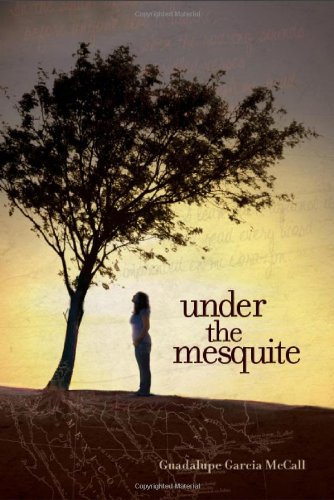
Bibliography
Anderson, Laurie Halse. 1999. SPEAK. New York, NY: Farrar, Straus and Giroux. ISBN 978-0374371524
Plot Summary
The summer before Miranda's freshman year in high school she meets Andy at a party. Miranda is raped by Andy and she calls 911 but is unable to speak of the incident so she hangs up on 911. The cops arrive at the party and actually make some arrests. Miranda is shunned for calling the cops and does not speak to anyone of the incident. She looses her friends and becomes depressed and distant. She meets a new girl named Heather who later ditches her for the popular group "The Marthas." She later befriends her lab partner, David Petrakis, who encourages her to speak up. Andy attacks her again in an old janitor closet which is her "safe place" at school and that's when the truth comes out about what happened at the party. As the students realize the truth they no longer treat Miranda as an outcast but as a hero instead.
Critical Analysis
This novel is definitely for a young adult to high school reader. The theme of Speak is finding one's voice. This can also be viewed as speaking out against violence and abuse. This is an issue way too many young women deal with in today's society. The author did a great job in encouraging other to speak up if ever encountered with this problem. The author uses text features like lists, subheadings, and spaces between paragraphs. These features allow the reader to see what Miranda is really struggling with.
Awards and Review Excerpts
Awards
ALA Best Book for Young Adults
ALA Top-10 Best Book For Young Adults
ALA Quick Pick for Young Adults
Edgar Allan Poe Award finalist
IRA Young Adult Choice
Junior Library Guild Selection
National Book Award Finalist
Reviews
Review in Kirkus Reviews
"The plot is gripping and the characters are powerfully drawn, but it is its raw and unvarnished look at the dynamics of the high school experiences that makes this a novel that will be hard for readers to forget."
Review in Horn Book
"An uncannily funny book even as it plumbs the darkness, Speak will hold readers from first word to last."
Connections
1) Asking students to write about a moment that they felt like they could not "speak" of what was going on in their life.
2) Brainstorm ideas of who they can speak to if they are ever encountered with a problem.
3) Students develop, plan, and name an organization or group that helps those in need. Their organization may be for abused women or homeless veterans.




